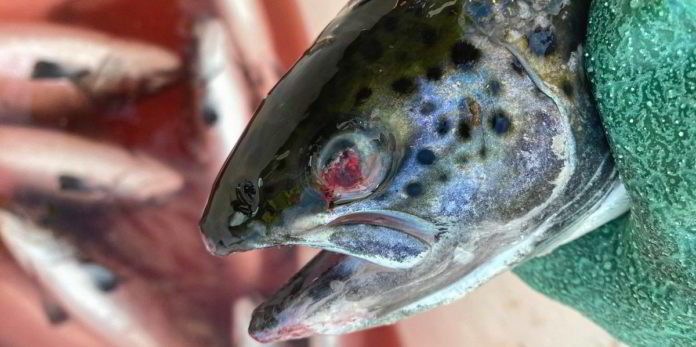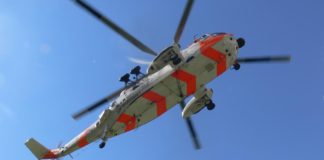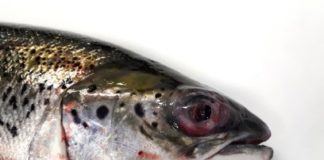Sites impacted by jellyfish showed both immediate and delayed damage, with the development of ulcers leading to a gradual rise in mortality.
The Institute of Marine Research (HI) in Norway has released its annual risk report for the Norwegian fish farming industry, revealing significant challenges to the sector, notably the impact of barbed wire jellyfish attacks and outbreaks of pancreatic disease (PD).
In 2023 about 3 million farmed fish died due to attacks from barbed wire jellyfish, necessitating additional culls for welfare reasons, the study revealed.
Historically, string jellyfish have been responsible for significant losses in the Norwegian aquaculture industry, with major incidents recorded in 1997 and 2001 resulting in the deaths of hundreds of tons of salmon.
Findings
Barbed wire jellyfish attacks inflicted substantial harm on fish across Norway resulting in severe injuries and diminished welfare, according to the report. The affected facilities observed both immediate harm and long-term effects from these attacks, including ulcer development, contributing to a steady increase in fish mortality.
The degree of impact was influenced by factors such as the concentration of jellyfish, the implementation of preventive strategies like lice skirts, and the pre-existing health condition of the fish prior to attack.
In December, SalMar, the world’s second largest salmon farmer, reported the destruction of over one million salmon at one of its sites in Senja, following an attack by barbed wire jellyfish.
Alongside jellyfish attacks, the industry also contended with PD outbreaks in Nordland. Excluding the extraordinary events of jellyfish attacks and disease outbreaks, the report suggests that the mortality rate would align with figures from previous years.









